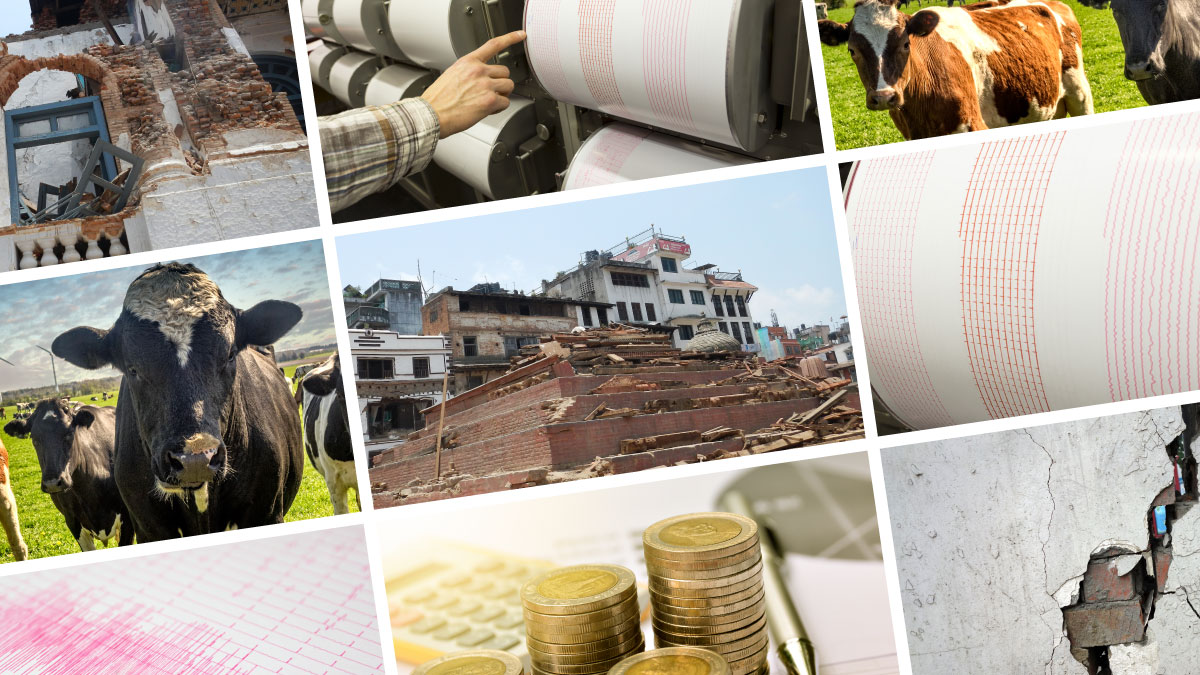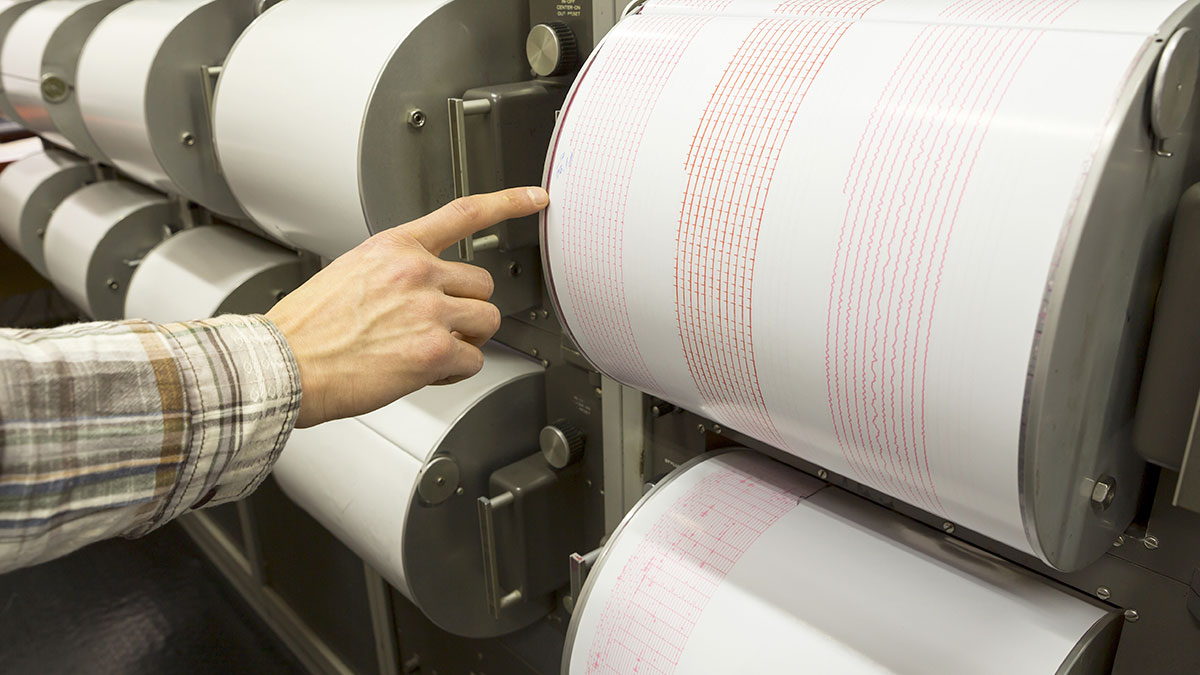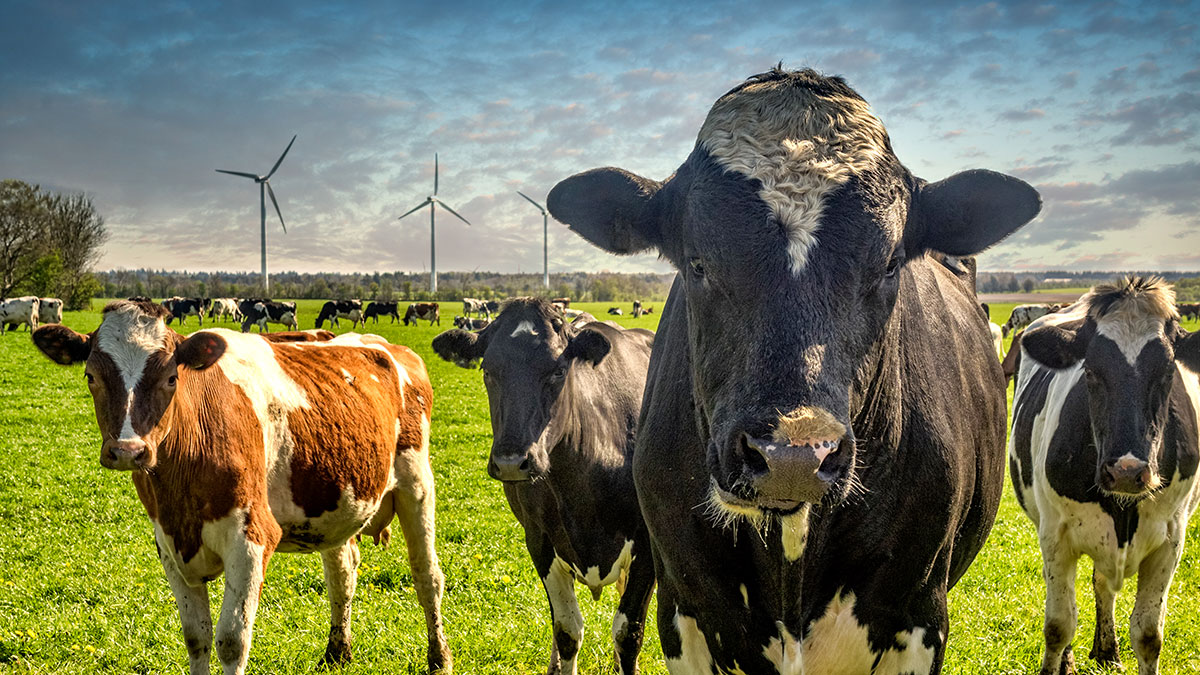
UK government plans major projects to boost growth
In January 2025, Chancellor of the Exchequer Rachel Reeves, set out plans for a wide range of government infrastructure and development projects with the aim of boosting economic growth in the UK. These include the expansion of Heathrow, Gatwick and Luton airports, a new Thames Crossing between Essex and Kent, a new rail link between Oxford and Cambridge, nine new reservoirs and a new cancer research hospital in Cambridge.
Expansion at Heathrow has been under consideration for decades but the current government now seems determined to move forward with the proposed third runway to boost capacity at one of Europe’s most important airports. The scheme remains controversial as it could result in the demolition of hundreds of homes in nearby villages such as Harmondsworth and Longford. At Gatwick, there are plans to bring the airport’s emergency runway into operation for smaller aircraft, also boosting capacity. At Luton, proposed expansion of the current terminal and the construction of a second terminal could boost capacity from 18 million passengers per year to 32 million.
The proposed ‘East-West’ railway linking the university cities of Oxford and Cambridge is part of a plan to develop the ‘Europe’s Silicon Valley’ in the so-called Oxford-Cambridge corridor. With its internationally renowned universities, both Oxford and Cambridge have spawned thriving science and business parks and several high-tech companies have become established in the cities. Through investment in transport, infrastructure and housing, the ‘corridor’ is expected to generate £78 billion to the UK’s economy by 2035.
 Back to the top
Back to the top







